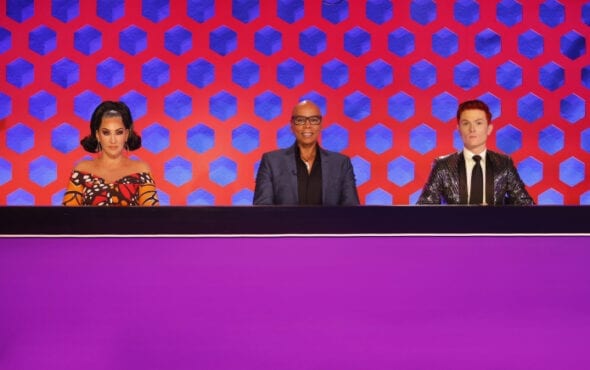



"It's possible that they weren't aware of all of these horrendous acts beforehand - but if that's the case, they didn't really do their due diligence. Richards says he doesn't understand why Scarlet was cast. Scarlet Adams has now won two challenges in the competition, ahead of any other competitor. She has since apologised on social media and on the show itself. Scarlet Adams is a Perth-based queen and a front-runner on the show, who has a documented history of past performances in blackface, brownface and yellowface. And that's where it gets tricky, because many audience members – and many in the drag scene – feel who was hand-picked represents questionable casting. One big difference between the US and Antipodean versions is that the Down Under cast didn't have to send in video auditions. Growing attention is being paid to the significant financial burdens queens undertake – anywhere between $4,000 to $20,000 USD – to compete on the show (and lord help you if you are wearing an off-the-rack garment). "Well that would be a good point … if it was true," Richards says, laughing.įor starters, the show requires queens to fund their own looks - making it an uneven playing field already. Isn't it a meritocracy, though? RuPaul's always saying, "May the best drag queen win". "It's a shame Drag Race Down Under isn't representing Australia's diversity," Bankstown says. Over half of its US main season winners have been queens of colour. Keep in mind this is a show that is usually and consistently praised for inclusive casting. The cast just isn't really as colourful as I thought it could've been." Having one First Nations Australian queen was a bit tokenistic. As she points out, "There are no Māori queens there – and this is shot in New Zealand. Tyra Bankstown is a 34-year-old Sydney-based Mangarai First Nations queen who has done drag for 10 years and worked full-time in the scene for five years. Jojo Zaho left the competition with this message emblazoned her cape: "Always was, always will be. "There are so many queer performers of colour throughout Sydney : Tyra Bankstown and Felicia Foxx are two obvious examples for anybody who has the slightest idea of drag in Sydney." "It felt a little disappointing that it was mostly East Coast-based, and just so damn white," Richards says. Of the ten competing queens, there is only one Aboriginal and one Polynesian queen. So what's people's problem with the Down Under version?įor a country where roughly one in three people aren't Anglo, half are first- or second-generation migrants and one in five speak non-English languages at home – and with one of the most multicultural drag scenes – some felt the casting was … qwhite odd. "Which is a fast turnaround for Drag Race – and for most reality shows," Richards says. The show was filmed in January in Auckland in the midst of COVID-19 restrictions. Jared Richards – who recaps Drag Race for Junkee – says, "I went into it optimistic, but expected it to be a bit messy – just by nature of how quickly they created it." How did locals feel about the announcement of the Australian version? If you've never seen an episode, here's what you need to know. The Down Under version is judged by the world's most famous drag queen, RuPaul, alongside Drag Race veteran Michelle Visage and Australian comedian Rhys Nicholson. Tickets are now on sale for the first four shows of Sydney WorldPride’s Marri Madung Butbut (Many Brave Hearts): The First Nations Gathering Space.The judging of Drag Race Down Under has been criticised. Start your engines, because Drag Race Down Under star Kween Kong is bringing the glamour to Sydney WorldPride at Klub Village! Or if you’re ready for a battle royale, check out Miss First Nation: Supreme Queen 🙌🌈


 0 kommentar(er)
0 kommentar(er)
